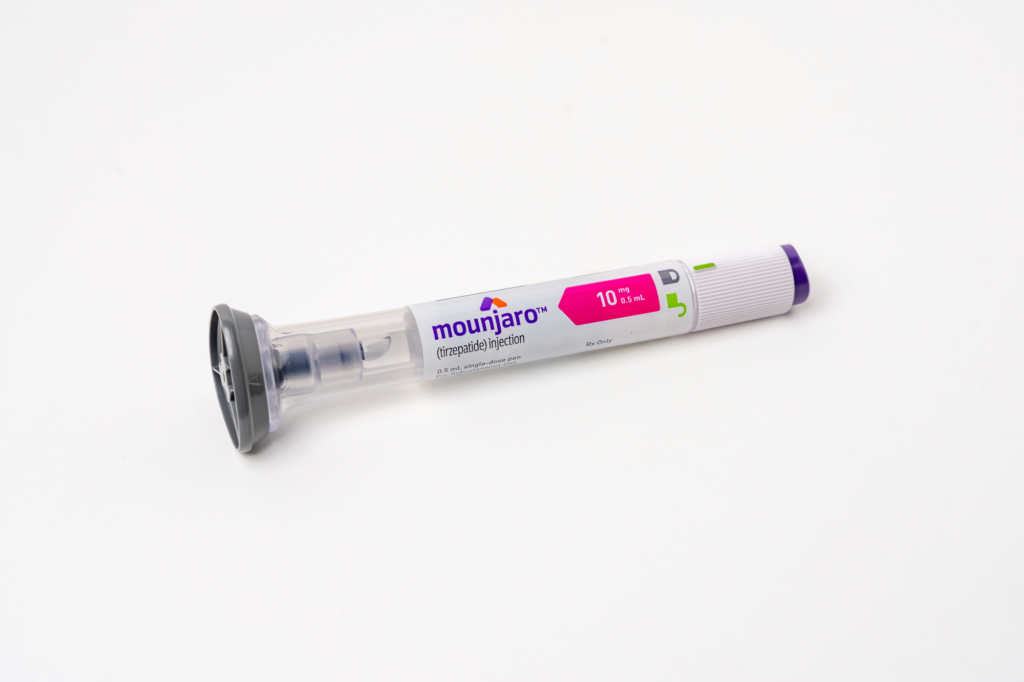Dietary habits have been shown to influence the metabolic and inflammatory processes involved in Osteoarthritis (OA). For example, a lower intake of antioxidants is associated with increased incidence of OA while an increased intake of flavonoids and omega-3 polyunsaturated acids decreases production of inflammatory mediators and the incidence of OA.
These observations argue that dietary habits contribute to the 
This report will focus on the detailed preclinical and clinical investigation of flavocoxid, an anti-inflammatory medical food composition marketed for the metabolic management of OA, under the brand name Limbrel®. Other flavonoid-based formulations have been tested in small, pilot clinical studies. For example, flavonoid
extracts from Garcinia kola were equivalent to naproxen and celecoxib and better than placebo in addressing the pain, stiffness, and mobility of OA patients (n = 21)4 and, in pilot, randomized double-blind studies, pine bark extracts (Pycnogenol®) improved Western Ontario and McMaster University Osteoarthritis Index (WOMAC) composite scores for pain, stiffness, and mobility compared to the placebo control groups.
Source: Nutrition and Dietary Supplements, May 2010, by Robert Levy, Lakshmi Pillai and Bruce Burnett.
Click Here for Full Text Study








